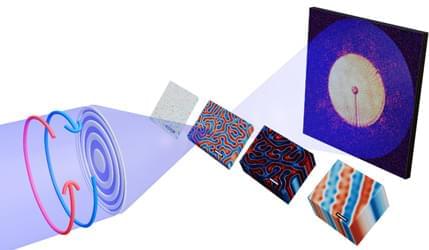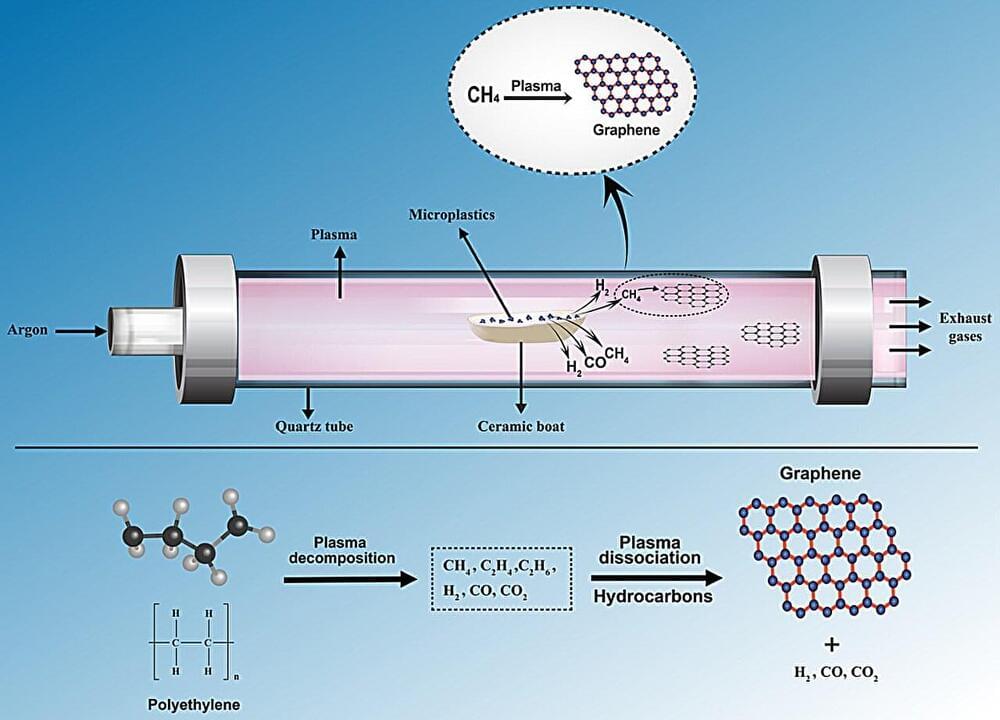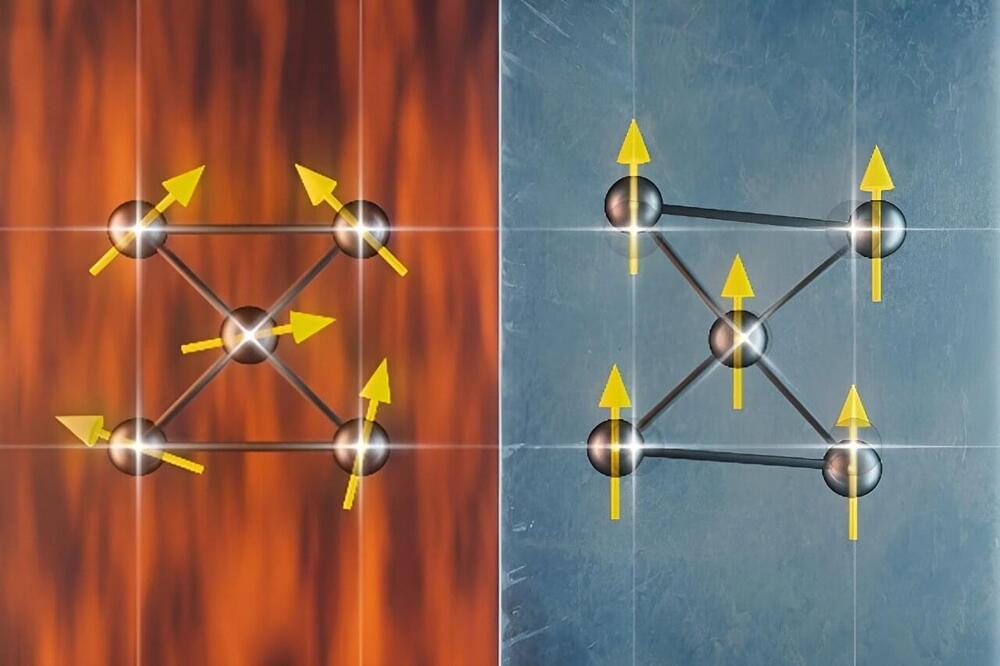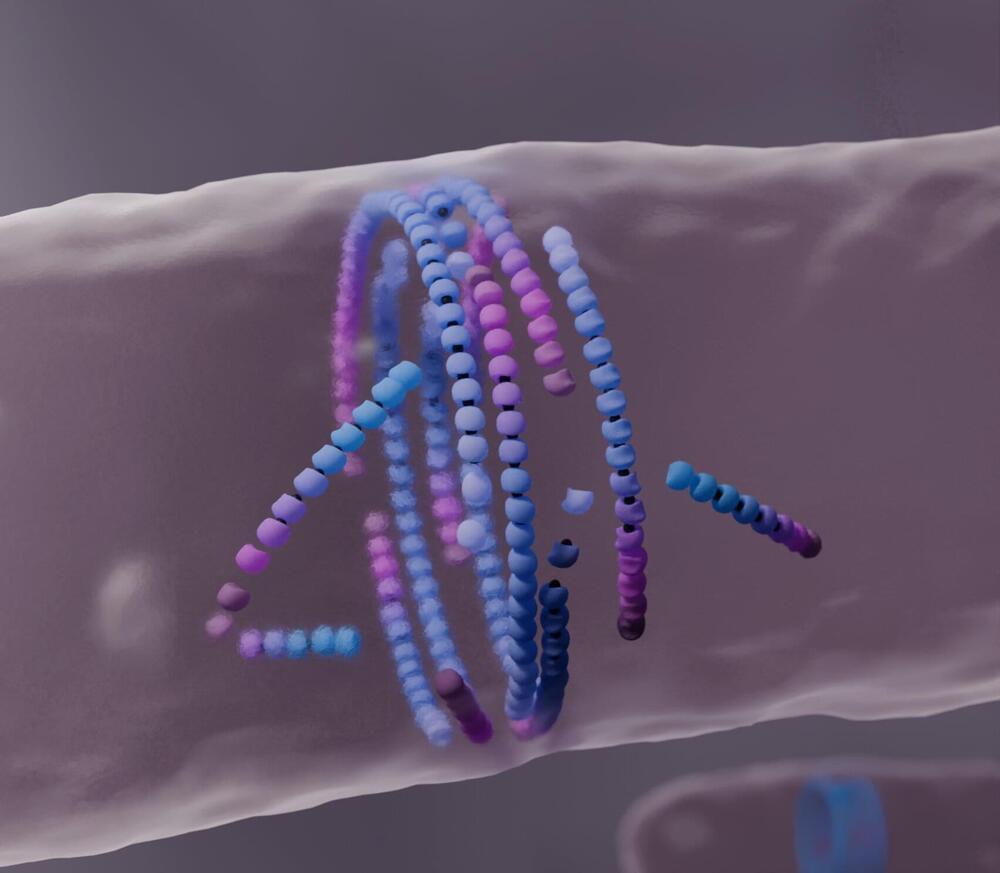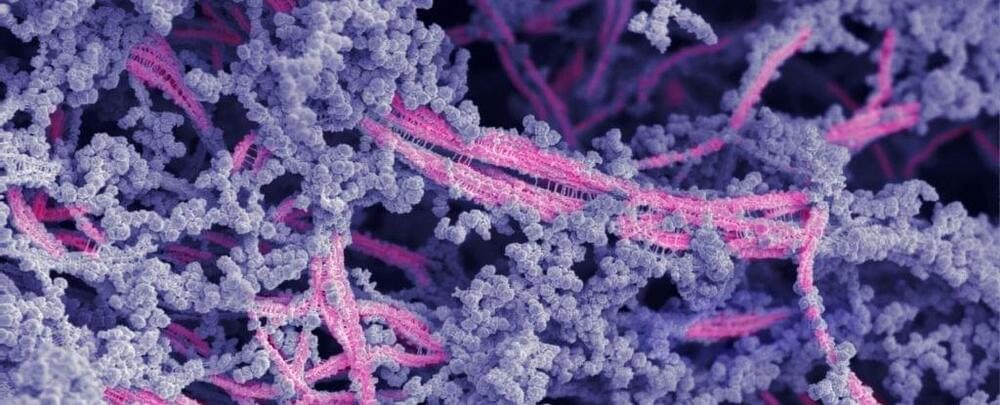University of California, Irvine scientists recently discovered a one-dimensional nanoscale material whose color changes as temperature changes. The team’s results appeared in Advanced Materials (“Sensitive Thermochromic Behavior of InSeI, a Highly Anisotropic and Tubular 1D van der Waals Crystal”).
“We found that we can make really small and sensitive thermometers,” said Maxx Arguilla, UC Irvine professor of chemistry whose research group led the study. “It’s one of the most applied and translatable works to come out of our lab.”
Arguilla likened the thermometers to “nanoscale mood rings,” referring to the jewelry that changes color depending on the wearer’s body temperature. But instead of simply taking a qualitative temperature reading, the changes in the color of these materials “can be calibrated and used to optically take temperature readings at the nanoscale,” Arguilla said.

